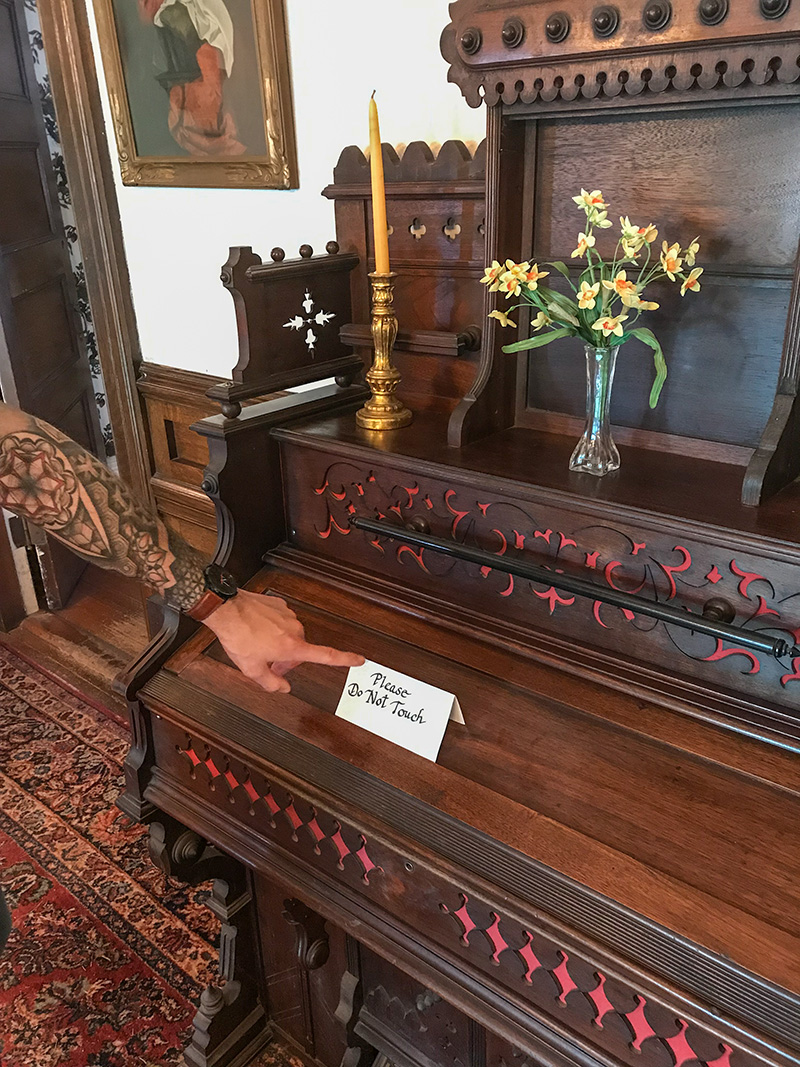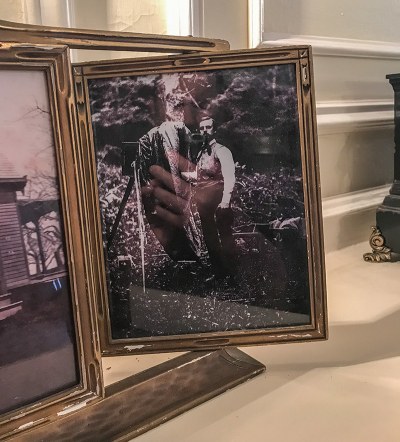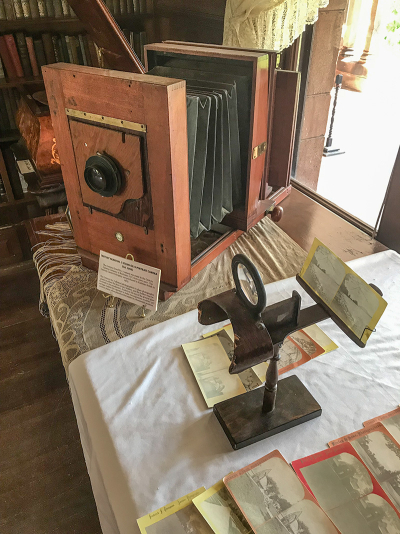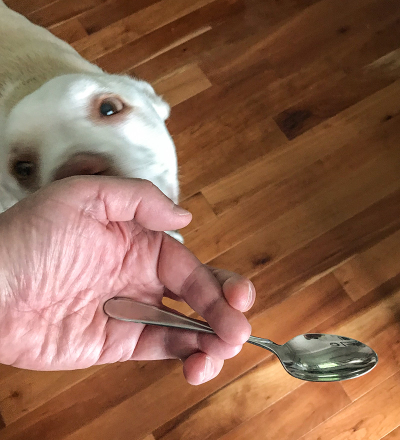 Xander disobeying a sign. Or was he? We were not kicked out.
Xander disobeying a sign. Or was he? We were not kicked out.
The news about my eye yesterday was as good as it could be. The glamorous young surgeon, her assistant, and her "shadow" (a young doctor new to the practice who was observing) all smiled at me happily. "I cheated," was the first thing Dr. Hindman said to me, beaming, as I passed her at a desk on the way from the eye test to the exam room. "I peeked at your chart. You're doing really well." Evidently the period of doubt is over and all signs are positive.
I told Dr. Hindman that I had learned something about myself throughout this process—that I'm a pessimist. I had been prepared for the worst. In reply she said that one thing she's learned about herself from doing eye surgery is that she's not in control. "We put everything in place, and then it's up to God or nature or whatever controls these things to do the rest," she said. Mostly it works and sometimes it doesn't, and "...you need a little luck."
I've been lucky. "The graft adheres," meaning that the donor tissue, the Descemet's membrane and the vital single layer of squamous epithelial cells that compose the endothelial layer, has attached itself firmly to my cornea in the proper place. I will wear glasses for the rest of my life—the intra-ocular implant doesn't have the perfect prescription, because "sometimes the shape of the cornea changes in ways we can't foresee"—but she said my uncorrected vision will likely be 20/40, legal to drive with uncorrected. My eyesight is still not great at this moment, but, according to the good doctor, my right eye will get better and better from now on, as my left eye continues to get worse. I'll have to have the same operation on the left eye eventually.
I'm still curious about how it will affect my photography, and I still have more pondering to do over the remarkable fact that I'm now using part of another person's body in mine.
Both of those things are subjects for later, though, not for now.
Fred
After my appointment Xander and I went to a house museum officially called Sonnenberg Gardens and Mansion State Historic Park, which is also in Canandaigua, the pleasant resort town where the Eye Care Center is located. Thursday was a beautiful, hot Summer day. Sonnenberg means "Sunny Hill" in German, and the estate is known more simply around here as Sonnenberg Gardens. It attracts 35,000 visitors a year, which is a lot in these parts—it's more than the year-round population of the county where I live. Sonnenberg Gardens consists of a 40-room, 21,000-square-foot Queen Anne style house on what used to be 200 acres of highly landscaped grounds, of which 50 remain. It was one of the five (count 'em) residences of a fellow named Frederick Ferris Thompson and his wife, Mary Clark Thompson, who also endowed the original F.F. Thompson Hospital in Canandaigua in his memory. Frederick was one of the founders of a bank that is now part of Citibank, and his original partners, his father and brother, departed to form their own bank, Chase National Bank, named for their friend, Treasury Secretary Salmon P. Chase. Their bank is now part of JP Morgan Chase. F.F. Thompson's house, with Mary in charge, was built at a frantic pace by more than 200 workers, some of them craftsmen from Italy, in 1885–87. The grounds and gardens, which were Mary's passion and are now the main attraction, evolved more slowly, from 1902 to 1919.
 Fred
Fred
Evidently Mrs. Thompson was in charge of spending the couple's copious supply of money, and most of the tourist information in the home and gardens is about her. But, in addition to being ungodly rich, the man of the house (I'd call him Fred if we were out photographing and probably wouldn't even be allowed into his presence at the bank!) was one of us. A wall plaque described him as "an avid amateur photographer," and, in the only picture of him I noticed in the house, he is standing with an air of recognizably geeky pride behind an imposing view camera. A row of his cameras—decidedly modest compared to the rest of his life (maybe he was the frugal one of the pair?)—is presented atop a bookcase at the top of the stairs.
 Fred's Century Grand Studio No. 7 8x10 portrait camera,
Fred's Century Grand Studio No. 7 8x10 portrait camera,
missing its included "cabinet holder" and "Semi-Centennial Stand."
It cost $72 in 1902 (~$2,144 today).
There were photographs on the walls here and there, but no notation as to whether they were his or not. This visitor would like to have known.
I'm half back
Anyway, I still have to be on half speed for a while, but I'm back. The comments to this post are open! Hallelujah. Yesterday was a good day all around.
Mike
P.S. I have no idea if Frederick F. Thompson was known as "Fred" or not. It's just that all us Photo-Dawgs are on a first-name basis here in the friendly club environs of TOP, no matter what our walk of life.
Original contents copyright 2019 by Michael C. Johnston and/or the bylined author. All Rights Reserved. Links in this post may be to our affiliates; sales through affiliate links may benefit this site.
Amazon.com • Amazon UK • Amazon Canada
Amazon Germany • B&H Photo • Adorama
(To see all the comments, click on the "Comments" link below.)
Featured Comments from:
Dennis: "Welcome back ! A few years back, my family stopped at an ice cream shop. When we walked in, there was nobody at the counter, just a couple of teens in the back, but there was a box with a note on it that said 'Do Not Open.' My wife—the nosier, more curious of us—really wanted to open it. When we walked out with our ice creams, the teens followed us out—turns out they were students doing an experiment for a psychology class. They asked whether we wanted to open it and why we didn't. I replied that I just generally obey signs, but later realized that I respect signs/rules on private property much more than signs/rules on public property. Then you have the paper tickets you get when you enter raffles that say 'Keep This Coupon.' I kept one of those for over 20 years and nothing ever came of it. Good luck on the rest of your recovery!"
Joe Holmes: "Whew! Congratulations! Welcome back. Your pessimism isn't necessarily a bad thing. If you don't believe me, I highly recommend The Antidote: Happiness for People Who Can't Stand Positive Thinking by Oliver Burkeman. Makes a very good case for pessimism as a path to happiness. I also recommend Jim Holt's really wonderful book Why Does the World Exist, one of my favorite pop-philosophy books, which at points touches on similar topics. Anyway, as I said, welcome back! I missed you."
Steve Jacob: (partial comment): "I found cataract surgery affected my photography quite a lot. I stopped oversharpening and oversaturating images for one thing and I could calibrate my screen properly again. ;-) We don't really give much thought to the range of vision issues people have when they express preferences for one image, or camera, over another."
Mike replies: So true. We will really need to talk about this!








